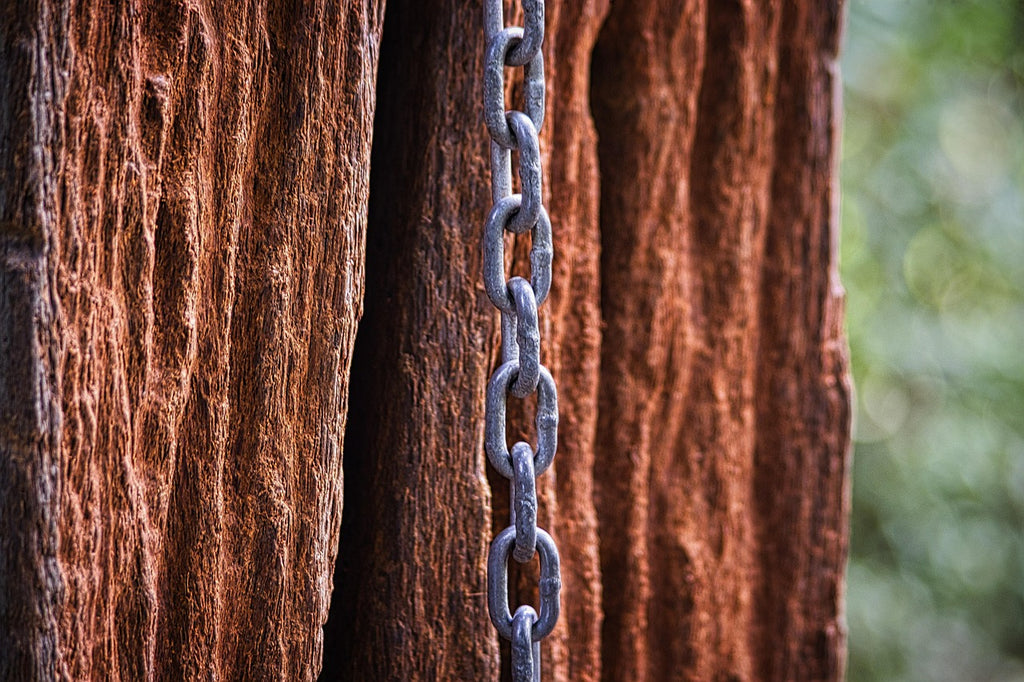One of the most famous biblical stories is of Noah’s Ark. Even if you’ve never picked up a bible in your life, chances are, that you have at least heard of the tale. Interestingly, many ancient cultures share very similar stories that are even older than the version in Genesis.

This has led eager contemporary historians and archeologists to seek out evidence of the existence of such an ark. And now, they believe that they may finally found a huge piece to the puzzle.
Finding the Ark
According to the story in Genesis, after the worldwide flood, Noah’s ark came to rest on the mountains of Ararat in modern-day Turkey.

Could it possibly be that centuries later, scientists have finally unveiled new evidence about what really happened?
Non-stop Research
A Hong Kong-based group called Noah’s Ark Ministries International (NAMI ) is devoted to digging up all evidence they can find regarding Noah’s Ark.
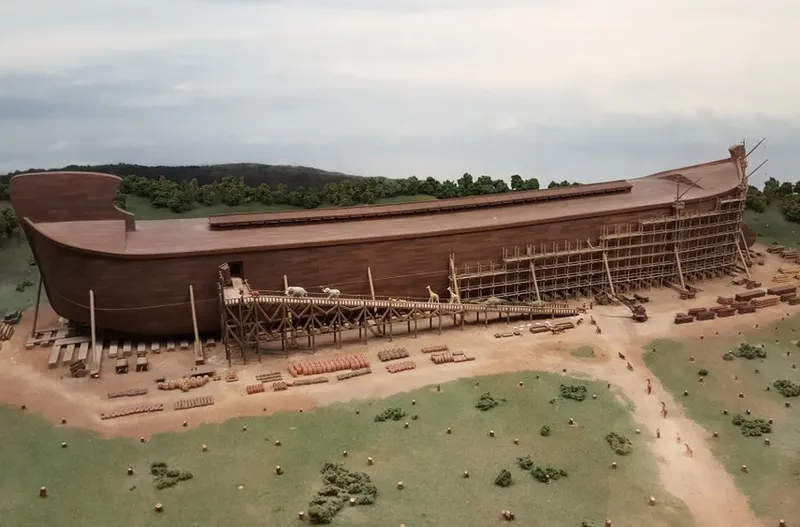
While many experts don’t take NAMI’s findings seriously, there are some who believe that they may be on to something. One “Ark hunter” believes that they might have finally uncovered the key to the Ark’s last known location.
The Syrians Have a Different Theory
While most experts on the matter agree on the general location of the ark, the Syrian tradition differs from the Ararat story. The Syrians believe that the ark actually landed on Mount Judi.
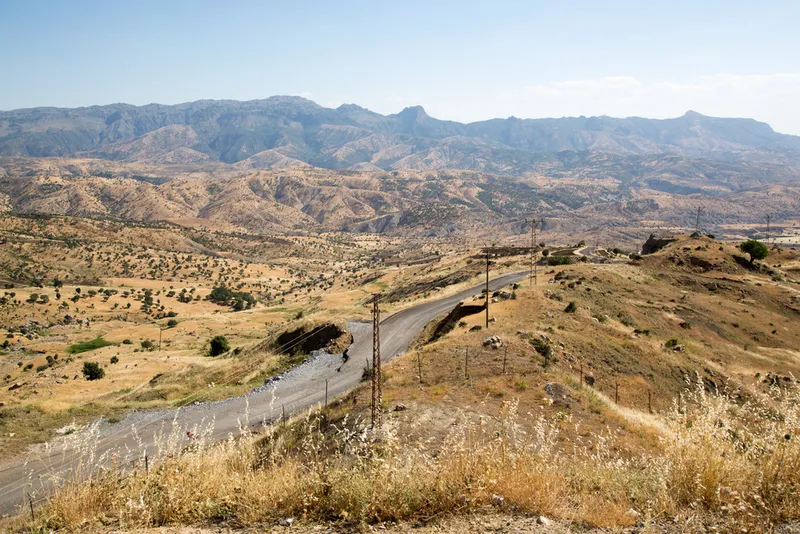
In fact, early Christian and Islamic traditions call Mount Judi the ‘Place of Descent,’ and Josephus, the Roman–Jewish historian, said that the Ark’s remains were displayed at the ‘Place of Descent’ by Armenians in the 1st century, about 60 miles southeast of Mount Ararat.
Conflicting Reports
Dr. Andrew Snelling, Ph.D. of the University of Sydney, and a young-Earth creationist is another expert who doesn’t believe that the Ark docked on Mount Ararat.
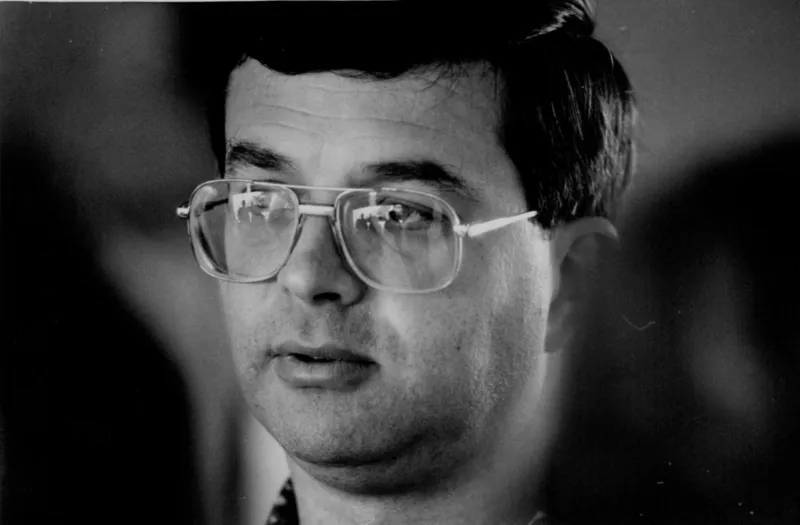
Dr. Snelling says that it is very unlikely for it to have landed there, considering that Mount Ararat was formed years after the flood.
Preserving History
In a relatively recent excursion, Dr. Friedrich Parrot ascended Mount Ararat in 1829, over 500 years after Marco Polo recorded his sighting of the mountain. While Dr. Parrot did not attempt to dig up the Ark, he did, however, document how the locals felt about the legend of Noah’s Ark.
“All the Armenians are firmly persuaded that Noah’s Ark remains to this very day on the top of Ararat, and that, in order to preserve it, no human being is allowed to approach it,” he said.
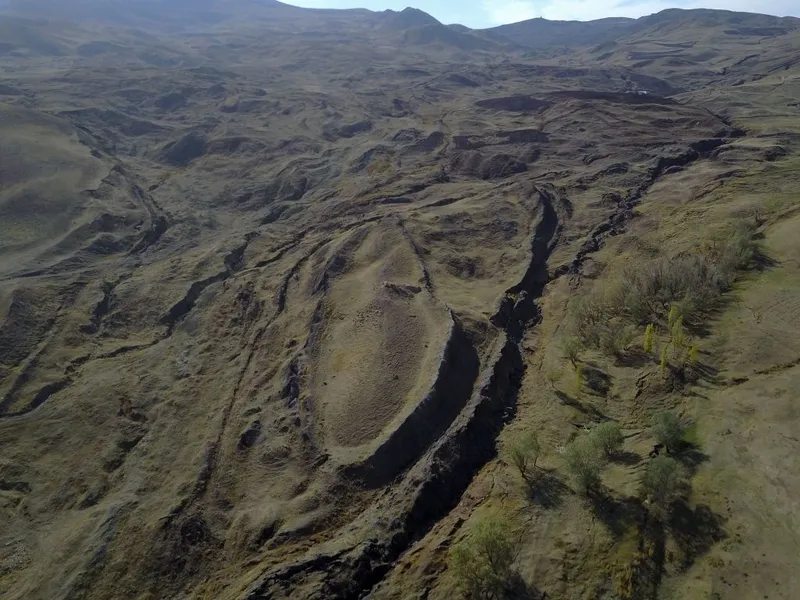
NAMI’s Claims
In April 2010, Man-Fai Yuen, a NAMI researcher, said that he and the search team had actually entered a wooden structure high on Ararat, and went on to describe the different spaces in the structure.
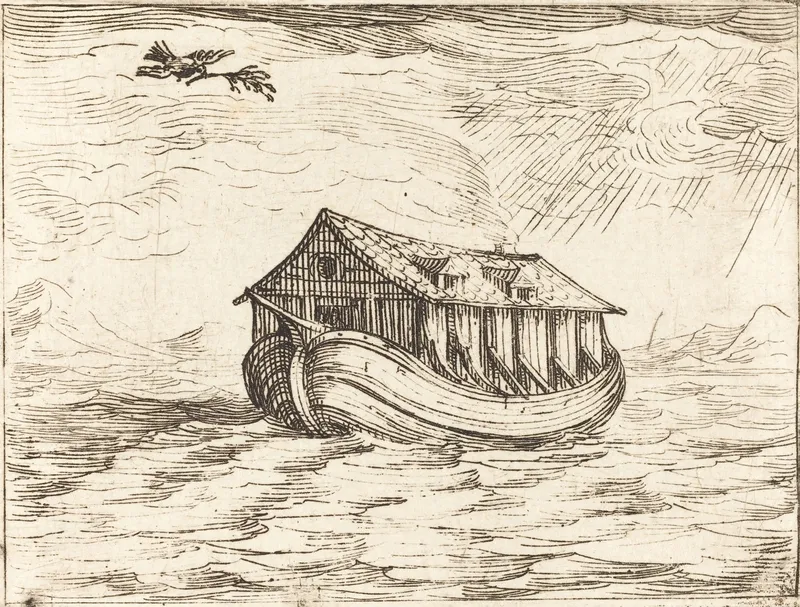
NAMI stood by their discovery, Eung Wing-Cheung, a filmmaker who works with the organization, said, “It’s not 100 percent that it is Noah’s Ark, but we think it is 99.9 percent that it is.”
The Iraqi Connection
A new documentary has hinted that ruins in the Babylon Province in Iraq may be the site where the ark was constructed, and the many bricks match the descriptions of the Tower of Babel.
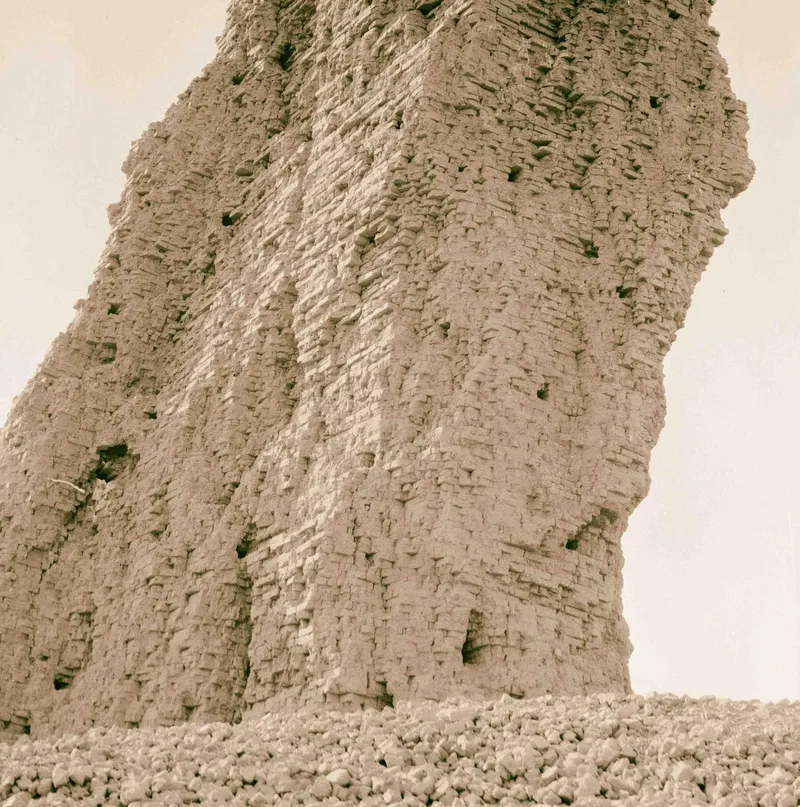
“A series of cylinders were found in Borshippa which pieced together a huge tower,” said one of the narrators. They think that they may be part of the Tower of Babel due to their massive size.
Have Ark Remains Been Found?
Another documentary revealed how Digital Globe, a space imagining company, had traveled to a Turkish mountain to take photos of what they believe are the remains of Noah’s Ark.
Once the exploration was complete, the researchers had some fascinating findings and space-view images to share with the world from Mount Ararat.
Ever since the images were released, Professor Porcher Taylor of the University of Richmond has been convinced that they are reliable Biblical evidence. He has stated that he has new-found optimism in this type of imagery,” and is calling it his “satellite archaeology project.”















